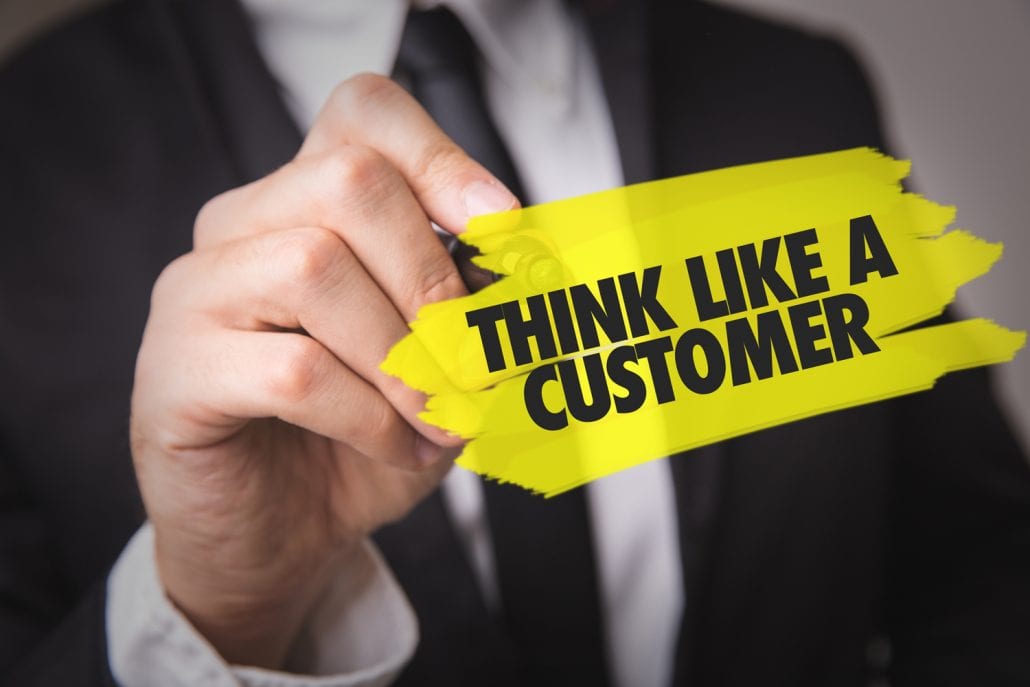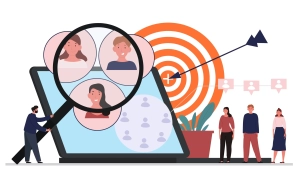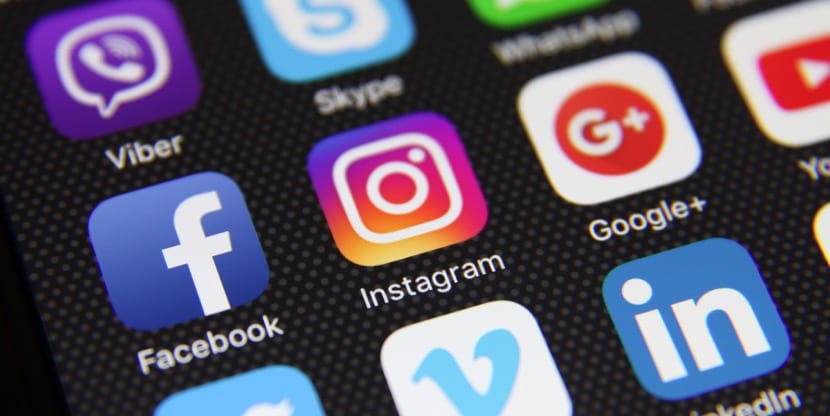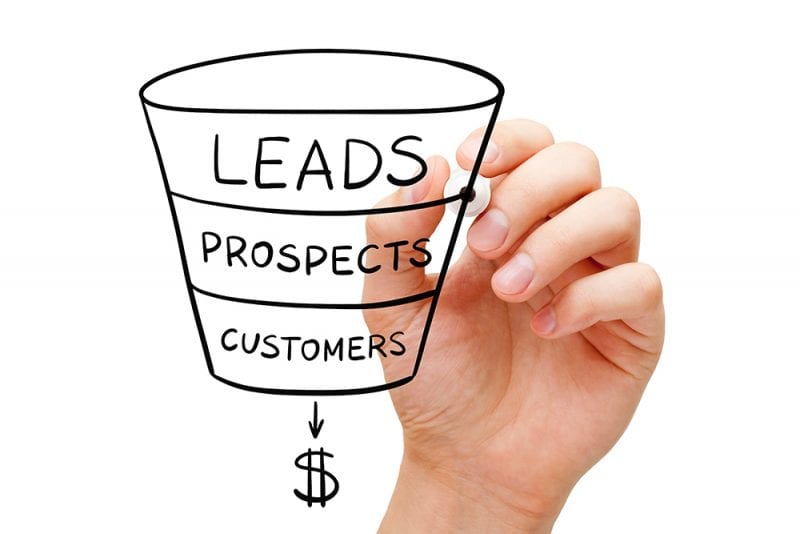
5 Ways to Improve Your B2B Marketing Strategies
B2B marketing can be a challenging endeavor, especially if you don’t have a clear cut marketing strategy in place. To have any hope of running a successful B2B marketing campaign, you’ll need to establish what your goals are. Once you’ve done so, you should implement marketing strategies that will support those goals and help you achieve them. The following are five B2B marketing tips that you should use to help improve your marketing efforts:

1. Streamline Your Email Marketing
Effective email marketing is vital to your ability to convert subscribers into leads and leads into customers. It’s estimated that 81 percent of B2B businesses have an email newsletter strategy. In addition, 40 percent of businesses believe newsletters are the most important component of their content marketing efforts. To get the most out of your email marketing strategy, you need to streamline it. This means that you should segment your email list so that you can personalize your messaging and target subscribers more effectively. Doing so will help ensure that your email campaigns are relevant to your email list, making it easier to nurture your leads.
2. Enhance Your Online B2B Marketing Presence With SEO
SEO (search engine optimization) is essential to putting your business in a position to be found by potential B2B clients. Many businesses will begin searching for information or solutions through Google. If you have a strong SEO strategy in place, your website will receive more exposure on Google’s SERP (search engine results page). This will bring in more organic traffic from Google. To receive the most exposure on Google’s SERP, you will need to rank high on their page. Most people will click on one of the top three results and rarely ever go past the first page. By optimizing your website for SEO, you will boost your page rankings. The following are a few SEO factors that contribute to Google’s page rankings:
-
Keyword use
Keywords help provide Google with information about what your website content is about. You need to use keywords that are relevant to your content and that are competitive, meaning that you have a chance to rank well compared to other websites ranking for the same keywords. Your keywords also need to match your user intent to ensure that they are actually being used by people who are in your target audience. Finally, you’ll need to properly optimize your site using these keywords, such as by using them in your titles, headers, body content, anchor text, alt image tags, meta titles, and more.
-
User engagement
High user engagement indicates that the content is of high quality, which is why Google pays attention to certain factors that indicate high user engagement, such as social signals (shares and likes), comments, and backlinks.
-
User experience
User experience is another element that indicates quality. Technical issues, such as slow-loading pages, hinder the user experience. As such, you need to make sure your website is technically sound.
3. Know Your Audience
One of the ways in which B2B marketing differs from B2C marketing is that B2B clients are much more specific. B2C companies tend to have more general audiences that they can market to. Because B2B companies have to target a more specific type of client, you will need to figure out who exactly your audience is. To do this, you should develop your buyer personas. Buyer personas are representations of your ideal clients. They help you define the different types of clients that make up your target audience. You can then use your buyer personas to guide all of your marketing efforts. For example, when creating content, you can make sure that the content you’re creating is relevant to at least one of your buyer personas. Additionally, you’ll be able to make sure that you address your entire audience by making sure to create content that’s relevant to all of your buyer personas.
4. Measure Your B2B Marketing Online Performance
Not all of your b2b marketing strategies may achieve the success you were hoping for. However, the only way to judge your marketing performance is through various analytics tools to monitor key metrics. By doing so, you’ll be able to determine what is working and adapt accordingly. The ability to adjust your strategy mid-campaign can help ensure that you’re not wasting resources on tactics that aren’t effective. In the end, measuring your online performance is critical to achieving a high ROI on your B2B marketing.
5. Take Advantage Of Referral Marketing
Capturing leads and converting customers requires you to build trust. One of the best ways to build trust is through another customer’s referral. Implementing a referral marketing strategy can help you attract new leads through word of mouth of existing and past customers. To do so, you should give existing customers an incentive to provide referrals, such as a discount on a product or service.
These are five B2B marketing strategies that can enhance your marketing campaign. Keep in mind that you should continuously monitor and adjust your B2B marketing tips as needed. Doing so will help ensure that you’re not pouring resources into tactics that aren’t working out for you and will help you achieve a higher ROI in the long run.












 These infographics keep the readers on your site longer, increasing the chances that they will convert into leads or customers. The interactive elements also make your content more shareable, which can lead to increased brand awareness and improved search engine rankings.
These infographics keep the readers on your site longer, increasing the chances that they will convert into leads or customers. The interactive elements also make your content more shareable, which can lead to increased brand awareness and improved search engine rankings.




















